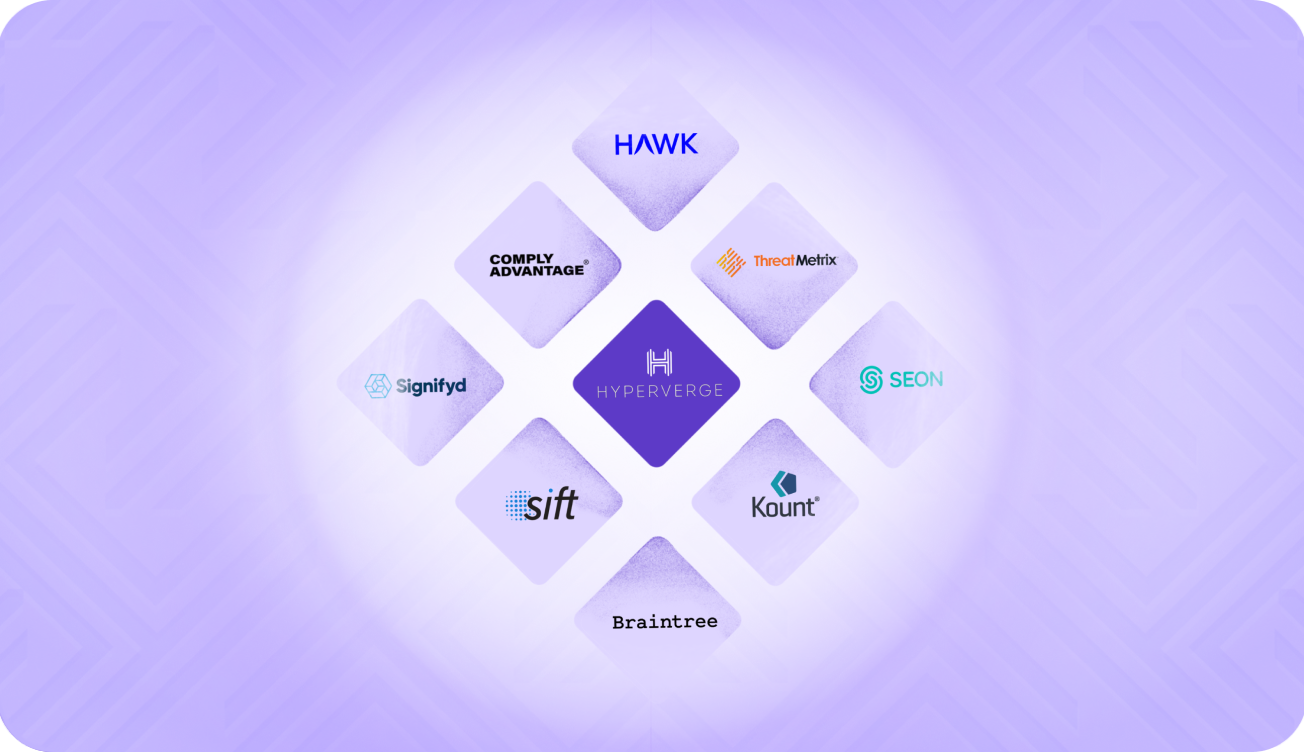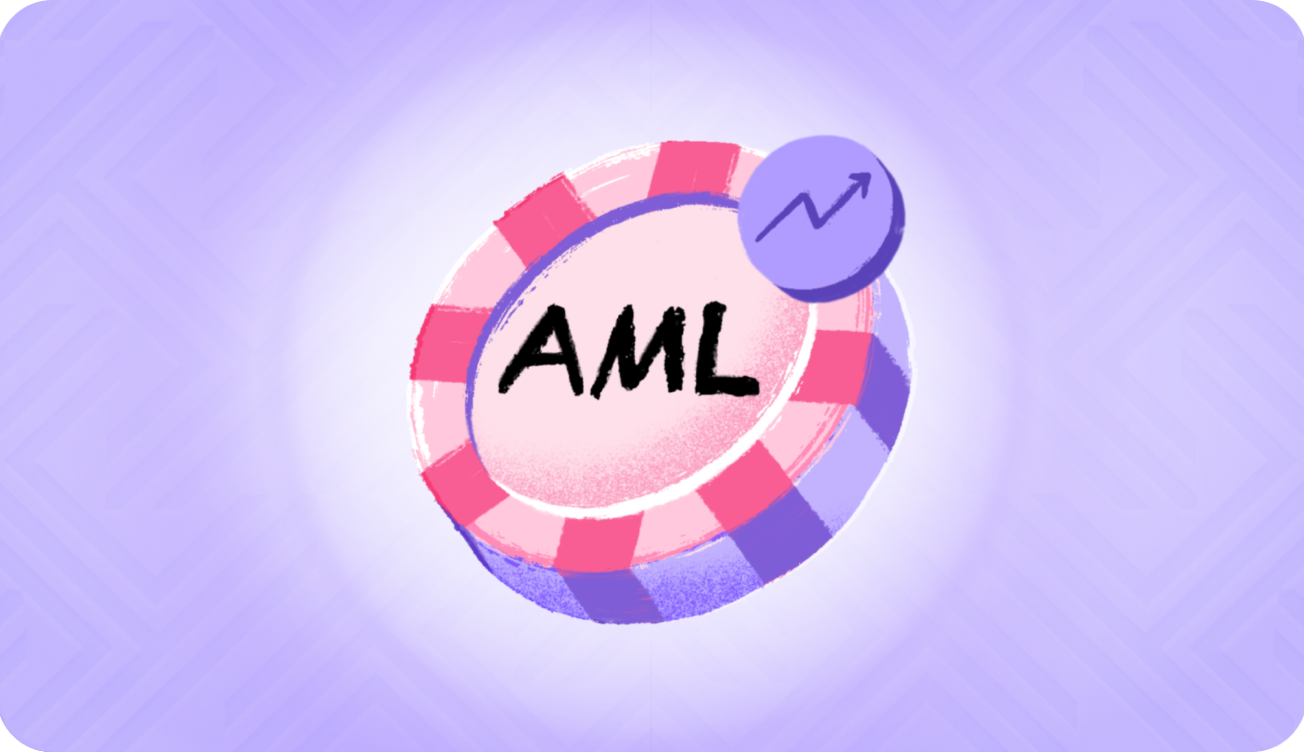The Social Security Administration (SSA) introduced an electronic variant of its consent-based verification service, eCBSV, in June 2020. This service enables authorized entities to check if a person’s Social Security number (SSN) and other personal details correspond to the data present in Social Security records.
In this blog, we will explore the eCBSV service in detail.
What is eCBSV?
To enable certain financial institutions or one of its service providers, affiliates, agents, subsidiaries, subcontractors, or assignees, referred to as “Permitted Entities,” to confirm that a person’s SSN, name, and date of birth (DOB) combination matches the Social Security records data, Social Security developed eCBSV, a fee-based electronic social security number verification verification service.
By comparing agency records with information electronically submitted by authorized participants, the new electronic SSN verification service reduces the use of fake identities.
The need for eCBSV
Due to rising incidences of fraud, forgery and identity theft, banks, credit card companies and other businesses today demand identification proof from applicants before providing services. By the existing Customer Identification Programme (CIP) rules, financial institutions are required to confirm the identification of a person requesting their services as part of the Know Your Customer (KYC) procedure. Institutions must at the very least confirm the client’s name, birthdate, address and ID number, like the SSN.For carrying out this verification, Social Security requires the individual’s written consent; Wet or electronic signature is a must. It will accept an electronic signature in place of a physical signature. The electronic signature corresponds to electronic consent that the SSN verification may be shared with the authorized entity. This is used to prevent synthetic identity fraud.
Difference between CBSV and eCBSV
CBSV (Consent Based Social Security Number Verification) verifies SSN matches with written consent, while eCBSV (Electronic Consent Based Social Security Number Verification) allows electronic consent for verification. The key distinction between CBSV and eCBSV lies in the Economic Growth, Regulatory Relief, and Consumer Protection Act, Section 215, which aims to reduce identity fraud. This legislation mandates the SSA to accommodate electronic consent for SSN verification. eCBSV includes electronic consent for validation whereas CBSV verifies SSN matches with written consent.
How is eCBSV performed?
A Social Security Verification (SSV) form, also known as form SSA-89, is a document that allows the SSA to check that the applicant’s name and SSN match its records.
Most businesses give candidates pre-printed SSV forms to fill out and sign. One will need to fill out their name, date of birth, SSN and the justification for giving consent before sending the signed copy of the form to the requester or its representative, who will use an eCBSV service to verify the association between the two. The verification result can be a ‘Yes, accurate match’ or ‘No, information does not match’.
Wide Scope: Since SSN was first used in 1936 to control how residents used the social security system, there has been a significant spike in its scope. It has evolved into the de facto national identity number in the modern era and finds effective use in multiple identity verification tools.
Parameter-Simple: Individual identities are built on SSNs, and there are only certain types of verification checks that may be done on them. It is more challenging to create these networks of fictitious identities in nations with national identity schemes or when establishing an identity is based on more verifiable components, such as a recorded and verified DOB and name.
Digital inclusion: With the adoption of electronic consent, the former wet signature-based CBSV process has become more efficient, fast, and in pace with the digital era.
Read more: How To Verify A Social Security Number
Challenges facing eCBSV
Limited Access: The scope of the eCBSV check is relatively constrained. For instance, it verifies name and DOB, but only provides a pass or fail response due to data security concerns. Since legitimate names vary widely, an automatic rejection based on a failed name check may result in false positives.
Uneven Process Flow: The application procedure is made more difficult by first requesting customers’ permission to conduct the check, especially given that this service is currently not available around-the-clock and is occasionally down for evenings or weekends. Increasing friction routinely causes a rise in application abandonment rates. The institution could reject the account right away, but it could result in an intolerable loss of business.
Inclusivity concerns: The eCBSV service is only provided to new consumers, including banks and financial services firms, and many of these synthetic identities are already well established in account portfolios. Thus, enforcing an eCBSV check may seem like the wrong course of action given that the customer looks to be real by the time a bank discovers a synthetic identity.
About HyperVerge Identity Verification Solution
HyperVerge offers identity verification and fraud detection solutions for businesses in multiple sectors including BFSI, cryptocurrency, telecom, and eCommerce. The HyperVerge AI models, which are specifically optimized for deployments in low bandwidth situations, are market leaders in terms of accuracy and recall values.
Read more about choosing the right identity verification solution.
The key features include onboarding new clients and business partners quickly, confirming the identity of current clients and agents, and locating and putting an end to fraudsters. With clients in the telecom and digital lending industries, HyperVerge is currently growing internationally across neobanks, cryptocurrency, gaming, the sharing economy, logistics, insurance, ed-tech, banks, and fintech, among others.
FAQs
What is an electronic signature?
An electronic sound, symbol, or process that is logically related to a contract or other document that is adopted by a person with the intent to sign the record is referred to as an electronic signature.
What is a written consent?
Written consent allows the SSA to tell the Financial Institution or the Permitted Entity (or both) whether the SSN holder’s name, DOB, and SSN match SSA records. This authorization must come from the SSN holder who is a customer of the financial institution.

















